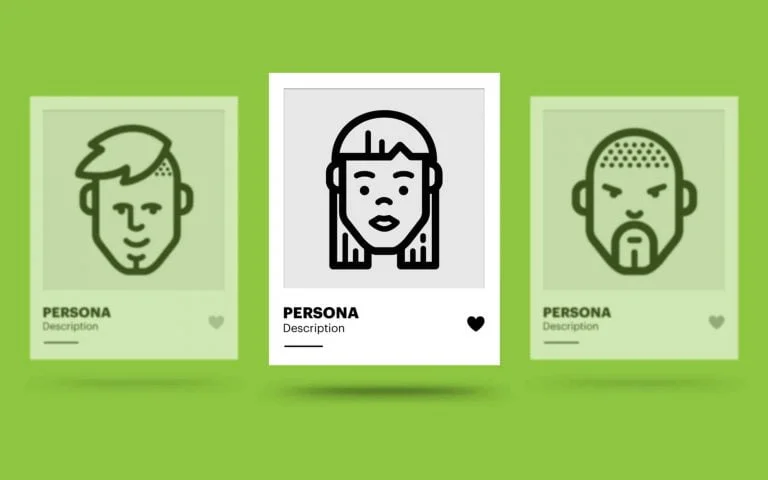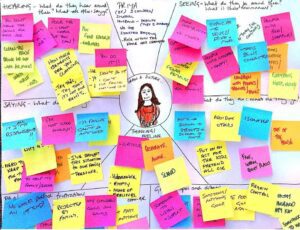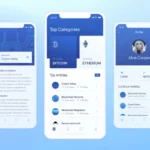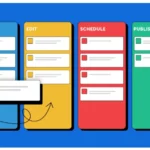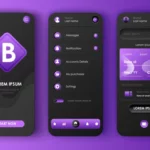For a UX team, user persona plays an influential role in figuring who their user is. They overwhelm UX designers when not used in the correct context. UX developers ignore personas until they have a good understanding of how to use them in their work.
Designing is efficient and fun when scenarios use personas during the designing phase. Designers experience clarity, boosting their productivity and success towards their work.
Let us talk about a critical part of designing personas.
- What is a user persona?
- Why is ‘persona’ necessary?
- How do they help you design outstanding products?
- How to define your user personas following a simple step-by-step process?
- Why does your ‘persona’ fail?
Here you see how the user plays his role during your UX design process.
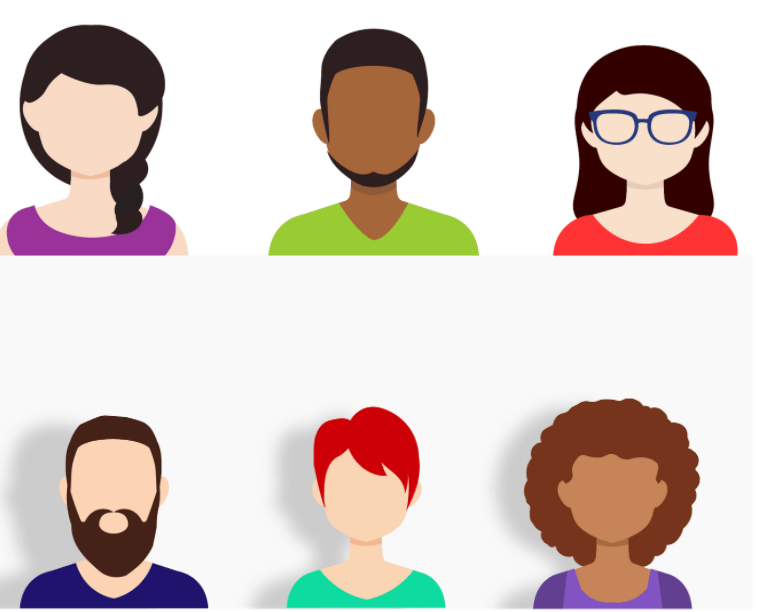
Illustration of Personas
Table of Contents
What is a user persona?
A persona is fictional but portrays a realistic targeted user to your product. A persona represents an entire group of audience or users that are or will be potential users.
Why is ‘persona’ necessary?
A persona represents a group of users, an archetype that reflects patterns based on behavior, goals, attitude, and other variables. It focuses on
- User-centered mindset
- Design decisions based on your users
- Analyzing a solution based on the characteristics of a persona.
When you work on a project dealing with many roles, most think personas and roles are interchangeable. The execution of the task defines the role, whereas behavior, goals, needs, and challenges define a persona.
To know your potential users, start with research.
- Perform the design process with research and empathy for the targeted users. Identify the exact need for the product.
- Embodies of user persona encourage you to learn from research phases of,
- User needs and goals
- Behavior patterns
- Pain points
- Noteworthy characteristics.
Note the above embodies in a fictional image of persona sounds real.
For example, for a holiday booking app, you will mention the persona’s love for luxury and spa treats along with its hates, like all-inclusive dining and the demographic information. The basis of this information is the factual data gathered as part of your user research from real users. Pull this data from user diaries, contextual enquires, and diary studies.
How persona helps you in the designing process?
While the UX designs solve the genuine problems and not the fictional ones, you can ask why do you need personas that are fictional and unreal?
Personas give you a simple problem statement to write a meaningful issue. As you note, you understand the requirements of your user. For example, if he desires an app, website, or service.
- Personas are crucial in identifying who will use your solution. A user persona clarifies for whom you’re designing.
- It acts as a point of reference throughout the entire process. It prepares every single feature or function of your design is for your user.
- Personas help to strategize and undertake wise design decisions.
- They make real users memorable for the product team, allowing designers to focus on designing.
- A persona helps to answer the following questions:
- Who is my ideal user or customer?
- What behavior patterns do my users currently exhibit?
- What are their need and goals?
- What issues and pain points, they face within the context.
.
So this explains user personas are crucial to designing useful, desirable, and valuable to your target audience.
A solid user persona guides your design decisions from start to finish. Designers in multidisciplinary teams make it mandatory to share their findings found during the research stage. Personas encompass essential details about your users, memorably presented for everyone to understand.
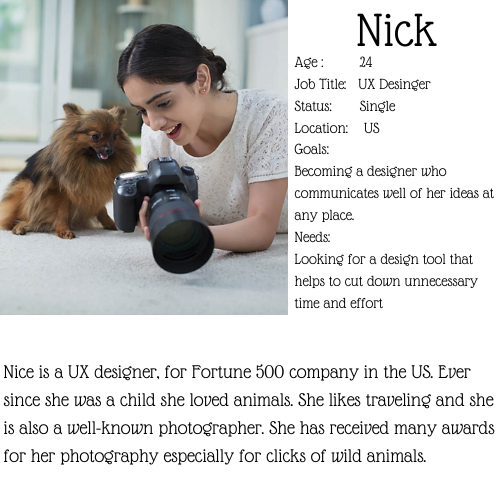
Illustration of persona
Defining persona step-by-step:
Every project has its way of creating personas. In this article, we break it into two simple steps.
- Research:
To define your persona, you will conduct plenty of research about your users. You need sufficient quantitative and qualitative factors, organized into a group to represent your persona or ideal customer.
- Dividing your data into persona:
While you create the persona, focus on the primary needs of the most important user group. Focus on one particular user group and one significant pain point, to represent themselves into a persona.
Why does your Persona fail?
Some stakeholders find a challenge while dealing with persons, or fear their persona may fail their expectations. Here, we’ll discuss the common challenges teams face while forming a persona and how you can address them.
- Lack of understanding:
The first challenge is simply a lack of understanding of what personas are?
Personas are themes to qualitative user data. Personas are our best guess of the key user types to focus on design. Researchers and stakeholders who don’t understand this aren’t comfortable relying on generalized themes and be skeptical of their validity. This lack of agreement makes them impossible to be successful.
In this situation, it is crucial to take time upfront before even creating personas to help your stakeholders understand what they are and how they can be helpful to your projects.
- Inaccurate expectations:
Stakeholders speculate on personas influencing work. Stakeholders look for a broad range of persona, covering a vast array of services. It seems a great idea, but the tradeoff is: such a universal persona can include only high-level data. These are great for a more general decision but ineffective in designing specific features or workflows of peculiar products. So in practical such personas are unhelpful.
Any persona-related project needs a sense of what stakeholders want to achieve with the personas before creating them. Consult your stakeholders about their needs and recommend the right research tool for the job. Later, set expectations regarding how the personas they request will be effective.
- Uncertainty of user:
A common challenge is that team members often have uncertainty about using the persona in their projects. Companies do not train every designer to use personas. So, rather than revealing them as posters or pieces of artwork, help your colleagues to understand the benefits of personas. Give your stakeholders ideas of using personas in a more practical sense.
- Personas created in private
Researchers create personas in private, then deliver them to people to use. Personas presented this way are rarely effective. People are always likely to be skeptical of something they don’t know where it came from.
For this reason, involve stakeholders in research, and derive themes for creating a persona.
This article highlights persona, its necessity, and reasons for its failure. Let’s continue in part-2 revealing more on personas.

